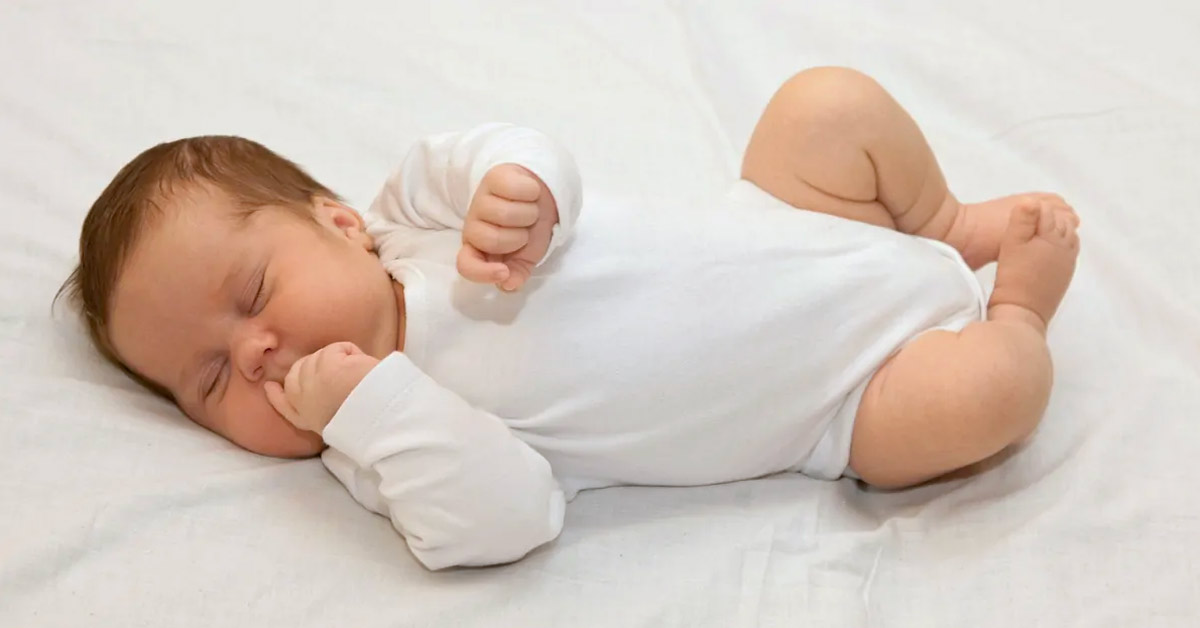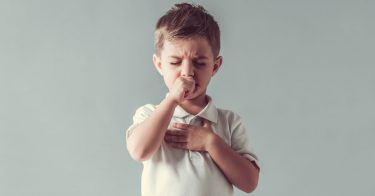
When Suzanne Cohen’s kids were infants, she kept the crib free of everything except for a breathable blanky, aka a lovey. Her daughter Bea slept with a small, soft bunny, and her son, Ben, a little whale.
“I found that the benefits of the soothing that they got from [their loveys] outweighed the risks,” said Cohen, who is a women’s health occupational therapist who runs North Shore Women’s Support, a monthly support group for expecting and new moms, as part of her private practice.
Soft Bedding Risks
The risks of soft bedding, such as blankets, pillows, crib bumpers, and stuffed animals, are a leading cause of Sudden Unexpected Infant Death (SUID), according to a report by the Center for Disease Control and Prevention (CDC). The study was published Tuesday in the journal Pediatrics.
The CDC defines SUID as a term used to describe the sudden and unexpected death of a baby less than 1 year old in which the cause was not obvious before investigation. These deaths often happen during sleep or in the baby’s sleep area. About 3,600 babies in the United States die suddenly and unexpectedly each year. Around 40 babies in New York City die from suffocation and other sleep-related accidents each year.
Read Next | Unexpected Emergencies Parents Need to Know About
About the Recent CDC Report
The CDC report included data from nearly 5,000 cases of SUID from 2011 to 2017. In 72 percent of the SUID cases, soft bedding was associated.
“The CDC’s new report should be a wakeup call for parents and caregivers across the country, including right here in New York City. Soft and loose bedding like pillows, blankets and even stuffed animals can be dangerous items to place in an infant’s sleep environment because they can lead to accidental suffocation, as the CDC’s report suggests. As always, [the NYC Administration for Children’s Services] ACS reminds families to practice the ABC’s of sleep: infants should sleep Alone in a crib free of blankets and other items, on their Backs and in a safety-approved Crib,” said Commissioner David A. Hansell.
Dr. David Fagan, Vice-Chairman of Pediatric Ambulatory Administration at Cohen Children’s Medical Center-Northwell Health added that “the American Academy of Pediatrics, and in turn pediatricians, recommend keeping the baby’s crib in the parent’s bedroom for at least six months and preferably until the baby is 1 year old.”
Read Next | 5 Do’s and Don’ts to Improve Your Child’s Sleep
The Risks and Benefits of Safe Techniques
Cohen made sure not to give her babies their loveys until they could start rolling over on their stomach on their own—around the age of four months. “I made sure to wait until they could move things and grab the pacifiers themselves,” she explained. “It was my own personal choice, but as a provider, I would probably recommend having infants sleep with nothing because I don’t want to give anyone advice that contradicts what the CDC is saying.”
In Cohen’s support groups, SUID does come up, as some moms co-sleep with their infants, which is seen as a risk. But it’s important, said Cohen, that each family evaluate on their own. “There is also the risk of a mom who is severely sleep deprived, not being able to function, deal with depression, and develop some sort of psychosis,” said Cohen. “Weigh how much you can handle while adhering to the guidelines as much as possible.”
Cohen also wants new moms to remember that while it is important to follow safe sleep guidelines, also remember that SUID is very rare. New moms are often really scared when they put their baby to sleep on their back and they roll over to their stomach. That doesn’t mean you have to immediately wake them up. “Sometimes,” said Cohen, “it’s ok to just let the baby sleep!”
The ACS is reminding parents to do the following when putting their baby to sleep:
- Avoid bringing the baby into bed with you, even if you think it will keep the baby warmer. A baby must never sleep in an adult bed, on a couch or on a chair with anyone. Babies may suffocate if another person accidentally rolls on top of them or covers their nose and mouth.
- Keep soft objects, loose bedding, or any other items that could increase the risk of suffocation out of the baby’s sleep area.
- When worried about a baby getting cold, dress them in a wearable blanket, such as a sleep sack, or in another layer of infant clothing.
- Place babies on their backs to sleep. Babies breathe better on their backs than on their stomachs or sides.
- Put babies to sleep on a flat, firm sleep surface with a fitted sheet made for a crib or playpen. Though it might seem more comfortable to put a pillow on top of the mattress, babies may suffocate on the soft surface.

Read Next | Everything You Need to Know about Kids’ Coughs
Elizabeth Siris Winchester is the Director of Content for Mommybites. Much of her work has focused on children’s publishing, writing and editing for Time For Kids and Scholastic.



